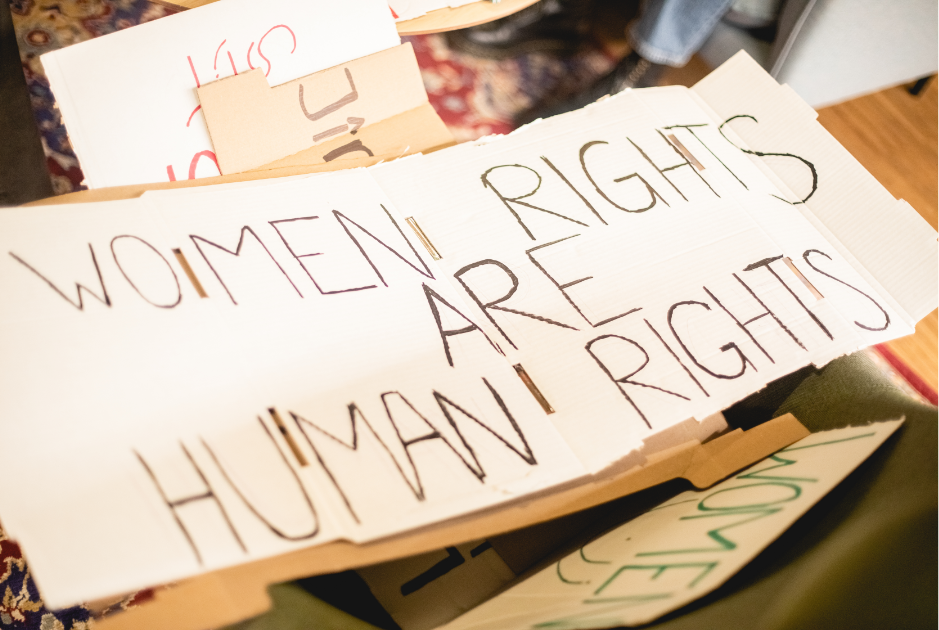Nonspeaking valedictorian delivers powerful graduation speech about using our voices
"God gave you a voice. Use it."

Everyone has a right to be heard.
Valedictorian Elizabeth Bonker has not audibly spoken since she was little over a year old, after being diagnosed with autism. But she knows the power of communication. Her moving commencement speech was a captivating call to action for all who listened, including the millions of internet viewers who have watched and shared the video.
“The irony of a non-speaking autistic encouraging you to use your voice is not lost on me,” she told her graduating class, using her text-to-speech computer.
The small device became Bonker’s “one critical intervention” to break through barriers that made her unable to speak. Bonker noted herself as “one of the lucky few non-speaking autistics” for being taught how to type and express herself. It enabled her to emulate her hero Helen Keller, a deaf and blind woman who went on to become a respected author and disability rights advocate.Overcoming communication challenges gave Bonker an empowered perspective. That strength and resolve came alive as she referenced Viktor Frankl’s “Man’s Search For Meaning” to illuminate the importance of forging one’s own path, before putting the concept into her own words.
“The freedom to choose our own way is our fundamental human right, and it is a right worth defending, not just for us, but for every human being.”
Being of service to others was another big component of Bonker’s speech. She provided pens to every student and asked them to write “life is for service” on a piece of their commencement program—a phrase created by the beloved Mister Rogers, their fellow alumni. She encouraged everyone to hold onto that message after graduation and use it to fuel their sense of purpose.
As for her own mission, Bonker’s dream is “communication for all.” That dream is fulfilled through her nonprofit organization, which works to provide other nonspeakers with helpful communication tools and education. She also shared her personal journey in her book “I Am in Here” to instill a sense of hope to anyone facing similar challenges.
There are several factors that might keep us from really speaking up and expressing ourselves, but Bonker’s speech beautifully captures why it’s a necessity not just for our own benefit, but to do more good in the world. Or as Bonker put it—to “be the light.”
“God gave you a voice. Use it.”
You can watch the full speech here:
- A viral story about David Bowie giving a boy with autism his 'invisible ... ›
- We need to listen to autistic people's critiques of their portrayal in ... ›
- Dad's shares story of autistic son using sensory room - Upworthy ›
- A woman was ready to attend her college graduation, but her baby had other plans - Upworthy ›
- Helen Keller expressed her greatest regret - Upworthy ›
- Singer born deaf blows away judges on 'The Voice' - Upworthy ›





 What was I doing again?
What was I doing again? A space waitress at work.
A space waitress at work.  Waking Up Funeral GIF
Waking Up Funeral GIF Rihanna Nails GIF
Rihanna Nails GIF Yoga pants.Image via Canva.
Yoga pants.Image via Canva. Our natural lashes are nice just the way they are!
Our natural lashes are nice just the way they are! One step forward, many steps back. Image via Canva.
One step forward, many steps back. Image via Canva.  Homelessness is especially rampant on the West Coast.Image via Canva
Homelessness is especially rampant on the West Coast.Image via Canva